“If one advances confidently in the direction of his dreams, and endeavors to live the life which he has imagined, he will meet with a success unexpected in common hours.”
Henry David Thoreau
What many business owners fail to realize is that if employees are not aligned with their organization’s purpose, values and vision (in this order), or have failed to establish their own intrinsic purposes for their daily work, they are unlikely to be aligned with the associated goals, strategies and roles, setting in motion the following five predictable steps of disengagement. Employees typically:
- Start their job with enthusiasm
- Question their decision to accept the job
- Think seriously about quitting
- Try to change things
- Resolve to quit
“Great things are not done by impulse, but by a series of things brought together.”
– Vincent Van Gogh
CREATING YOUR BLUEPRINT
Step 1: Causing Good (Mission/Purpose)
Key Question: Beyond survival and making a profit, what good am I committed to causing?
Guidelines: Keep your purpose statement simple, memorable, a few key touch words (e.g. words in bold)
Examples of Missions: (establish one for individuals, organizations, projects, or processes)
- Mission: “Creating a WOW experience through Service” (Zappo’s)
- Mission: “Catalyst for Confidence and Shine” (local company)
- Mission: “Create a World Where People Love Their Lives” (Judy Ryan)
Step 2: Behaving and Being (Values)
Key Question: How do I be and behave to cause the good I’m committed to causing?
Guidelines: Create key words and strategies to integrate values; clarify input from all.
Examples of Values: (from Zappo’s – two values and one of many strategies adopted for each)
- Value: “Embrace and Drive Change” Strategy: Encouraged customers to call/talk at length
- Value: “ Build a Positive Team and Family Spirit” Strategy: Daily introduction of co-workers
Step 3: Describing Best Outcomes (Vision)
Key Question: What forms or expressions does the good I’m causing take? In the next 6 months? 1 year? 5 years?
Guidelines: State each form or expression (often more than 1) in simple sentences. Write descriptive, specific paragraph
Examples of Visions:
- Vision: “Create a project management process to support and reassure clients”(local company)
- Vision: “Partner with thought leaders to accelerate work in culture change” (Judy Ryan)
- Vision: “Grow the company to over $1 Billion within 10 years” (Zappo’s)
Step 4: Organizing What By When (Goals)
Key Question: What specific goals and strategies do I commit to fulfill to achieve my vision?
Guidelines: Be specific, and make them measurable, time-bound (see red below), determine who does each task and who is there to support, witness and celebrate progress
Sample Vision: “Partner with thought leaders to accelerate culture change” (Judy Ryan)
Step 5: Designing Action Steps (Procedures)
Key Question: What specific steps and procedures do I follow to fulfill each goal?
Guidelines: Be specific, and make them measurable, time-bound (see black below), determine who does each task and who is there to support, witness and celebrate progress
Sample Vision: “Partner with thought leaders to accelerate culture change” (Judy Ryan)
Step 6: Assigning the Right People (Roles)
Key Question: Who are the best candidates to fulfill on each procedure?
Guidelines: Be specific, and make them measurable, time-bound, and determine who does each task and who is there to support, witness and celebrate progress (see black below)
Sample Vision: “Partner with thought leaders to accelerate culture change” (Judy Ryan)
Guidelines: Be specific, and make them measurable, time-bound (see black below), determine who does each task and who is there to support, witness and celebrate progress
Sample Vision: “Partner with thought leaders to accelerate culture change” (Judy Ryan)
The Relevance
When you determine the most meaningful purpose for your business, make it easy to remember, define your values, and consistently communicate each to your staff, you have created a solid foundation for engagement. Then the specific expressions of your company’s purpose drives your company’s goals, procedures and roles. As you take the time to introduce, discuss and fine-tune these with your employees, you can count on them to be productive and enthusiastic. You then have a powerful team, with everyone moving in the same direction. When the janitor at NASA was asked, “What do you do here?” he responded, “I’m helping to put a man on the moon!” In this same way, taking time to align your staff with the good you are causing is key to inspiring proactive, responsible employees you can count on!
This article was published in the column The Extraordinary Workplace, in the St. Louis Small Business Monthly, December 2015.




